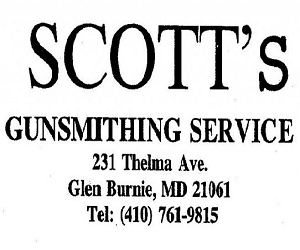trapture
Surplus Rifle Lover
So I loaded six rounds of .303 via grain count from my loading book. I had to seat the first five rounds awe fully deep into the case to prevent the powder from shaking around in the case. I was using the minimum load of 38 grains. Then I tried 42 grains of 4064 powder and that one was seated right about the right in the case. 4064 is a stick powder very close to the military powder of WWII from what I hear, can anyone give guidance on this issue with the shaking powder. I'm thinking I may have to unload the five rounds of 38 grains and seek some more help.





